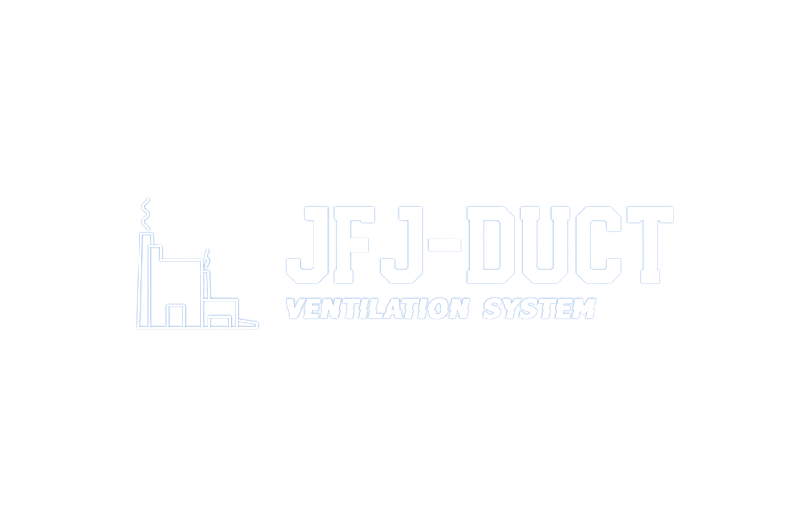Introduction
Ductwork is the circulatory system of any HVAC (Heating, Ventilation, and Air Conditioning) system, responsible for distributing conditioned air throughout a building. Choosing the right ductwork materials is crucial for the efficiency and effectiveness of the HVAC system. HVAC professionals must consider various factors such as cost, insulation properties, durability, and ease of installation when selecting ductwork materials. In this comprehensive guide, we will explore various ductwork materials commonly used in the industry, highlighting their advantages and disadvantages.
- Sheet Metal Ducts
Sheet metal ducts are one of the most traditional and widely used materials in the HVAC industry. They are typically made of galvanized steel, aluminum, or stainless steel. Sheet metal ducts offer several advantages for HVAC professionals:
Advantages:
- Durability: Sheet metal ducts are robust and long-lasting, making them suitable for both residential and commercial applications.
- Fire resistance: They have excellent fire-resistant properties, reducing the risk of fire spread within a building.
- Low air leakage: Properly installed sheet metal ducts have minimal air leakage, ensuring efficient air distribution.
- Customization: HVAC professionals can easily customize sheet metal ducts to fit specific building requirements.
Disadvantages:
- Cost: Sheet metal ducts can be more expensive than other materials, both in terms of material and labor.
- Weight: They are heavy, making installation more labor-intensive and potentially increasing installation costs.
- Condensation: Without proper insulation, sheet metal ducts can suffer from condensation issues, leading to rust and corrosion.
- Fiberglass Ducts
Fiberglass ducts, also known as fiberglass reinforced plastic (FRP) ducts, are an alternative to sheet metal ducts. They consist of fiberglass strands and a resin matrix. These ducts offer unique advantages:
Advantages:
- Lightweight: Fiberglass ducts are significantly lighter than sheet metal, making installation easier and potentially reducing labor costs.
- Insulation properties: They offer excellent insulation, reducing heat loss or gain, and helping maintain consistent indoor temperatures.
- Corrosion resistance: Fiberglass ducts are highly resistant to corrosion, making them suitable for humid environments.
- Low maintenance: They require minimal maintenance and can last for a long time.
Disadvantages:
- Initial cost: Fiberglass ducts can be more expensive than sheet metal ducts, but their energy-saving properties can offset the higher upfront costs.
- Rigidity: They are less flexible than some other materials, which can make installation challenging in tight spaces.
- Limited customization: Fiberglass ducts are not as easy to customize as sheet metal ducts, which may limit their applications.
- Flexible Ducts
Flexible ducts, also known as flex ducts, are made of a core of plastic or metal wire helix covered with insulation and an outer layer of protective material. They are highly flexible, making them suitable for various HVAC applications.
Advantages:
- Cost-effective: Flexible ducts are often more affordable than sheet metal or fiberglass ducts, making them a popular choice for residential installations.
- Easy installation: Their flexibility and lightweight nature make them easy to install, saving time and labor costs.
- Sound insulation: The insulation in flexible ducts helps reduce noise transmission through the ductwork.
- Versatility: They can be easily routed around obstacles, making them suitable for complex layouts.
Disadvantages:
- Airflow restrictions: The internal helix and insulation can cause restrictions in airflow, reducing the overall efficiency of the HVAC system.
- Durability: Flexible ducts are more prone to damage and wear and tear over time, which may lead to air leaks.
- Limited lifespan: They generally have a shorter lifespan compared to other materials, which may result in the need for replacement sooner.
- Duct Board
Duct board, often made of fiberglass, is a lightweight and cost-effective ductwork material. It consists of layers of fiberglass strands bonded together with a resin, providing insulation and structure.
Advantages:
- Thermal insulation: Duct board has excellent insulation properties, helping maintain consistent temperatures.
- Lightweight: It is significantly lighter than sheet metal, making it easier to handle and install.
- Sound insulation: The insulation in duct board helps reduce noise transmission through the ducts.
- Cost-effective: Duct board is generally more affordable than sheet metal or fiberglass.
Disadvantages:
- Limited customization: Duct board is not as customizable as sheet metal, which may limit its applications in some projects.
- Susceptible to damage: It can be easily damaged during installation or handling, leading to air leakage and reduced efficiency.
- Moisture sensitivity: Duct board can be susceptible to moisture absorption, potentially leading to mold and other issues if not properly maintained.
- PVC Ducts
Polyvinyl chloride (PVC) ducts are a type of plastic ductwork that is lightweight and corrosion-resistant. They are commonly used for fume extraction and ventilation systems.
Advantages:
- Corrosion resistance: PVC ducts are highly resistant to chemical corrosion, making them suitable for corrosive environments.
- Lightweight: They are easy to handle and install, reducing labor costs.
- Cost-effective: PVC ducts are often more affordable than metal ducts, particularly for corrosive applications.
- Low maintenance: They require minimal maintenance and have a long service life in the right conditions.
Disadvantages:
- Temperature limitations: PVC ducts are not suitable for high-temperature applications as they can soften and deform at elevated temperatures.
- Limited fire resistance: They have lower fire resistance compared to metal ducts, which may be a concern in some environments.
- Limited insulation: PVC ducts provide limited thermal insulation, so they may not be suitable for applications where insulation is critical.
Conclusion
Selecting the right ductwork material is a critical decision for HVAC professionals. Each material has its advantages and disadvantages, and the choice should be based on the specific requirements of the project. Sheet metal ducts offer durability and fire resistance but come at a higher cost. Fiberglass ducts provide excellent insulation and corrosion resistance, though they can be rigid. Flexible ducts are cost-effective and easy to install but may restrict airflow. Duct board is lightweight and offers good insulation but is susceptible to damage. PVC ducts are corrosion-resistant and cost-effective but have temperature limitations.
To make an informed choice, HVAC professionals should carefully evaluate the project’s needs, budget, and environmental factors. Additionally, adherence to local building codes and standards is essential to ensure safety and performance. By considering all these factors, HVAC professionals can select the most appropriate ductwork material for each project, thereby maximizing the efficiency and longevity of the HVAC system and ensuring the comfort of building occupants.


